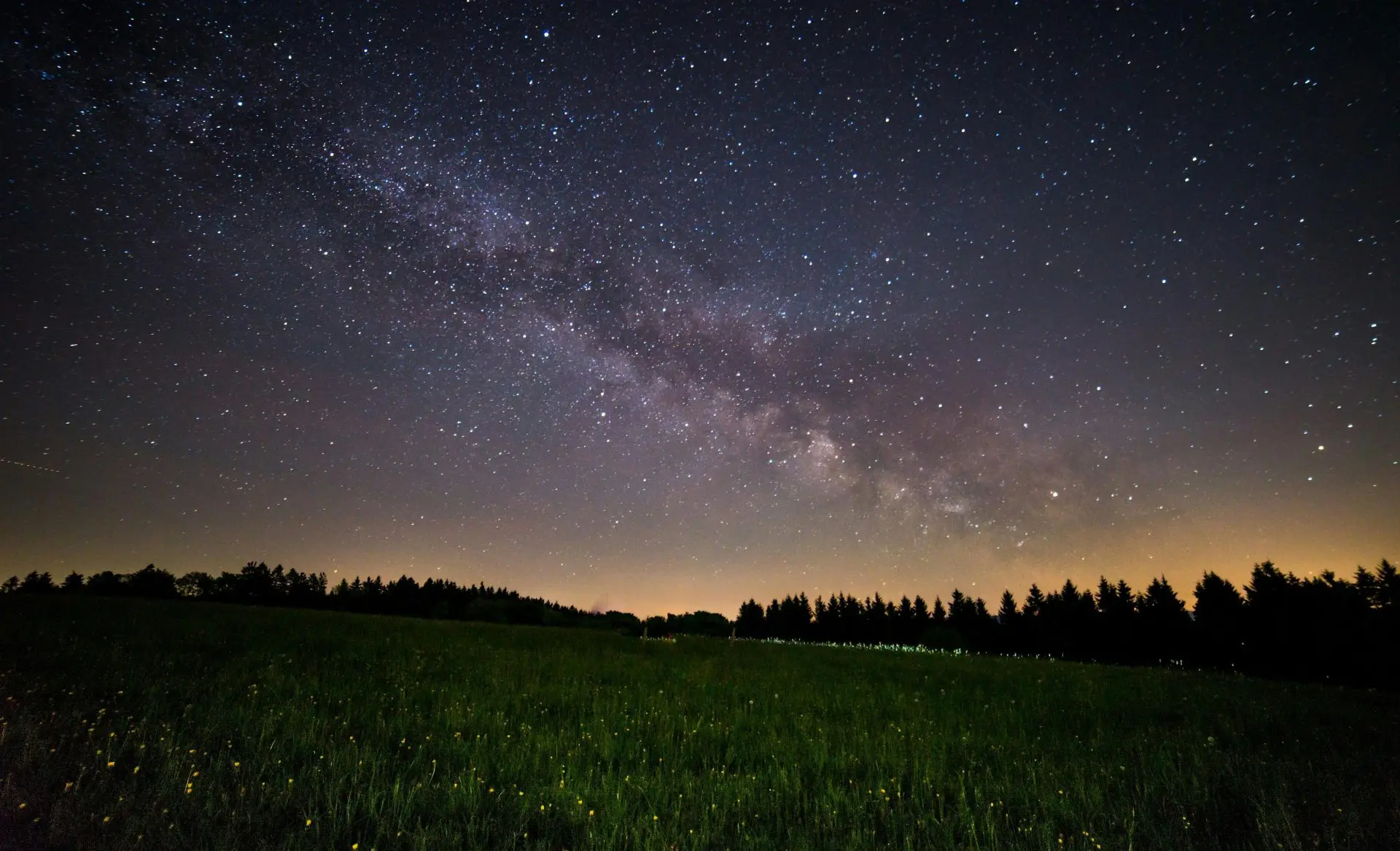Croatia’s Tourism Sector: A Key Driver of Economic Success

Looking for more amazing products? Check out our online store and explore our collection here! Happy shopping!
Before diving in, please note: This post is for informational purposes only. If you’d like to know more about how we approach topics, feel free to check out our friendly Disclaimer Page.
Hey there, amazing readers! 
We’re committed to delivering quality posts, and your support (even just sticking around despite the ads) means everything to us. So, bear with us, and thanks for helping us keep the good vibes rolling. Now, on to the fun stuff!
TRANSLATE BUTTON AT THE END OF THE ARTICLE
A Quick Overview
Croatia, a jewel in the heart of Europe, is more than just a picturesque destination; it’s a vital engine of economic progress.
With its stunning landscapes, rich history, and vibrant culture, the tourism sector stands as a key driver of the nation’s financial success.
It has transformed the country into a magnet for travelers from all over the globe, contributing substantially to local economies and national GDP.
I’m excited to take you on this journey, exploring how Croatia’s tourism sector plays a crucial role in shaping its economic landscape.
Croatia’s Tourism: A Bright Star in the Economic Sky
Croatia’s tourism industry shines brightly, thanks to its stunning Adriatic coastline and diverse offerings.
In recent years, tourism has accounted for a significant portion of the country’s GDP—around 20%, to be precise.
This statistic alone showcases just how pivotal tourism is to Croatia’s economic health.
Tourism not only fuels national revenue but also creates jobs.
The sector employs hundreds of thousands, supporting families across cities and rural areas alike.
From hotel staff to tour guides, a multitude of roles exist, providing communities with income and stability.
Moreover, tourism attracts foreign investment.
As international travelers flock to Croatia, businesses feel encouraged to invest in hotels, restaurants, and other amenities.
This influx of investment further energizes the economy.
The government has also recognized the importance of this sector.
They’ve been keen to develop tourism policies that promote sustainable practices and encourage year-round visitation.
By focusing on diversification, Croatia is ensuring its tourism sector remains resilient in the face of global challenges.
As a traveler myself, I can attest to the magic of Croatia.
It’s easy to see why so many choose to visit.
The blend of natural beauty, historical richness, and welcoming locals makes it a destination that resonates with many.
The Allure of Croatia: Nature, Culture, and Adventure
What makes Croatia irresistibly attractive?
For starters, the natural landscape is nothing short of breathtaking.
Croatia boasts over a thousand islands, each with its own charm.
From the vibrant hues of the Adriatic Sea to the serene beauty of national parks like Plitvice Lakes and Krka, nature lovers have plenty to explore.
But it’s not just about nature.
Croatia is steeped in history.
Cities like Dubrovnik and Split offer glimpses into the past, with medieval walls and Roman ruins standing proudly.
Walking through these cities feels like stepping back in time.
Adventure seekers also find their haven here.
Activities like hiking, biking, and sailing provide endless opportunities for exploration.
I remember kayaking in the clear waters around the islands, and it was an experience I’ll never forget.
Cultural festivals further enhance this allure.
Events celebrating music, art, and traditional customs take place throughout the year, enriching the visitor experience.
These gatherings allow travelers to connect with local traditions and engage with vibrant communities.
In essence, Croatia offers a well-rounded experience.
Whether you’re a nature enthusiast, history buff, or adventure lover, there’s something here for everyone.
How Tourism Boosts Croatia’s GDP and Local Economies
Tourism is a powerhouse for Croatia’s GDP.
The revenues generated support numerous sectors, from hospitality to transportation.
When tourists visit, they spend money on accommodations, dining, and activities, creating a ripple effect that benefits local businesses.
Local economies thrive on this influx of cash.
Small businesses, such as family-run restaurants and artisan shops, often rely heavily on tourist spending.
The benefits are widespread.
Farmers, fishermen, and craftspeople can sell their products to a global audience, boosting their income and livelihood.
Additionally, the tax revenue from tourism helps fund public services.
The government uses these funds for infrastructure improvements, education, and health care, further enhancing the quality of life for residents.
Tourism also encourages community development.
Many local organizations are formed to promote cultural heritage and environmental sustainability, often funded by tourism-related activities.
This creates a sense of pride and responsibility among locals to preserve what makes Croatia special.
The collaboration between the government and local businesses is crucial.
It ensures that tourism remains a sustainable and beneficial sector for all involved, allowing the economy to flourish while keeping the charm of Croatia intact.
Stunning Coastlines: A Major Attraction for Tourists
Croatia’s coastline is truly a sight to behold.
Stretching over 1,700 kilometers along the Adriatic Sea, it includes a diverse array of beaches, coves, and islands.
This stunning landscape is a primary draw for tourists.
The famous Dalmatian Coast showcases crystal-clear waters and picturesque towns like Hvar and Korčula.
Many visitors come specifically to enjoy the beach life—sunbathing, swimming, and sailing.
I remember lounging on a beach in Hvar, sipping a cool drink, and soaking up the sun.
It was pure bliss!
Moreover, the coastline isn’t just about relaxation.
It offers thrilling water sports.
From diving to windsurfing, there’s no shortage of adrenaline-pumping activities for those looking for adventure.
The coastal towns are also hubs of culture and history.
Strolling through the narrow streets of Dubrovnik or visiting ancient fortresses can easily fill a day.
Each town has its unique character, offering visitors a glimpse into the local way of life.
The culinary scene along the coast is another attraction.
Fresh seafood, local wines, and traditional dishes abound, making meals unforgettable.
Dining with a view of the sunset over the Adriatic is a shared experience many cherish.
Rich Cultural Heritage: A Magnet for Visitors Worldwide
Croatia’s rich cultural heritage is an undeniable magnet for travelers.
With influences from various civilizations—Roman, Venetian, and Ottoman—each part of Croatia tells its own story.
This blend creates a fascinating tapestry of history that captures the imagination.
Historic cities like Split house ancient Roman structures, including the well-preserved Diocletian’s Palace.
Walking through these ruins can be an awe-inspiring experience, connecting visitors to the past.
Cultural festivals bring this heritage to life.
Events like the Dubrovnik Summer Festival showcase music, theater, and dance, allowing visitors to immerse themselves in local traditions.
I often find myself swept away by the performances that celebrate Croatian culture.
The UNESCO World Heritage Sites scattered throughout the country are must-visit attractions.
These sites highlight Croatia’s commitment to preserving its history while making it accessible to tourists.
Each visit is an opportunity to appreciate the craftsmanship and dedication that has stood the test of time.
Furthermore, local artisans play a vital role in keeping these traditions alive.
From pottery to traditional costumes, their work not only captures the essence of Croatian culture but also offers unique souvenirs for visitors.
It’s this rich cultural fabric that draws people in.
Each experience leaves a lasting impression, encouraging travelers to share their stories and inspire others to explore.
Sustainable Tourism: Croatia’s Path to Eco-Friendly Growth
As tourism flourishes, so does the importance of sustainability.
Croatia recognizes the need to balance economic growth with environmental protection.
Sustainable tourism practices are becoming increasingly prevalent, ensuring that future generations can enjoy the country’s beauty.
The government and local organizations are working to promote eco-friendly initiatives.
This includes encouraging visitors to engage in responsible travel behaviors, such as minimizing waste and respecting local customs.
Many local businesses are also embracing sustainable practices.
Eco-friendly hotels and restaurants focus on local ingredients, reducing their carbon footprint while supporting local farmers.
This not only benefits the environment but also provides visitors with authentic culinary experiences.
National parks play a crucial role in this eco-conscious movement.
They offer educational programs that highlight the importance of preserving natural habitats.
Visitors can explore these areas through guided tours, allowing them to appreciate the environment while learning about conservation efforts.
Moreover, the promotion of off-season tourism helps alleviate the pressure on popular destinations.
By encouraging travel during less crowded times, Croatia aims to spread the economic benefits more evenly throughout the year.
In my opinion, this push for sustainability is a promising direction.
It shows a commitment to preserving the beauty that attracts so many while ensuring the local community thrives.
Seasonal Delights: Events that Draw Crowds Year-Round
Croatia’s festival calendar is packed with events that cater to a variety of interests.
This diversity not only attracts tourists but also celebrates the rich culture and traditions of the country.
In the summer, music festivals like the Outlook Festival and Ultra Europe draw massive crowds, showcasing both local and international talent.
These events turn Croatian cities into vibrant stages filled with energy and excitement.
The winter months bring a different charm.
Advent celebrations in cities like Zagreb transform them into magical winter wonderlands.
With festive markets, ice skating rinks, and holiday-themed performances, visitors can experience the warmth of Croatian hospitality.
Spring and fall also have their own highlights.
Wine festivals celebrate the country’s viticulture, offering tastings and tours of vineyards.
These events attract foodies and wine enthusiasts alike, allowing them to indulge in Croatia’s culinary delights.
Additionally, traditional events, such as the Sinjska Alka, a knightly tournament held in the town of Sinj, showcase Croatia’s historical heritage.
These celebrations are a great way for visitors to connect with locals and immerse themselves in the culture.
In my view, these seasonal events add a unique layer to the tourism experience.
Each visit offers something different, ensuring that travelers keep coming back for more.
Culinary Experiences: A Feast for the Senses in Croatia
Croatia’s culinary scene is a feast for the senses.
With a blend of Mediterranean and Central European influences, the country offers a diverse array of dishes that reflect its rich cultural tapestry.
Seafood reigns supreme along the coast.
Fresh catches from the Adriatic are often transformed into mouthwatering dishes.
I can still taste the grilled fish, drizzled with olive oil and paired with local wines.
It’s a culinary memory that lingers long after the meal.
Traditional dishes like Peka, a slow-cooked meal of meat and vegetables, showcase the rustic charm of Croatian cuisine.
Often cooked in a bell-shaped lid buried in hot coals, it’s a flavorful reminder of the country’s agricultural roots.
The use of local ingredients is prominent across the board.
Farmers’ markets abound with fresh produce, artisanal cheeses, and cured meats.
Visitors can explore these markets and bring home a piece of Croatia’s culinary heritage.
Moreover, wine tourism is booming.
The country’s wine regions, such as Istria and Dalmatia, produce world-class wines that pair beautifully with local dishes.
Many vineyards offer tours and tastings, allowing visitors to connect with the winemakers.
Food festivals also draw crowds, celebrating everything from truffles to olive oil.
These events provide an opportunity for locals and visitors to bond over shared culinary passions, creating lasting memories.
Infrastructure Investments: Supporting Tourism Growth
For tourism to thrive, solid infrastructure is essential.
Croatia has made significant investments in this area, enhancing transportation, accommodations, and amenities to support the increasing influx of tourists.
Airports across the country have seen upgrades to accommodate more flights and provide better services.
Increased connectivity makes it easier for travelers to reach popular destinations, boosting tourism even further.
Roads and public transport systems are also being improved.
Efficient travel options ensure that visitors can explore various regions without hassle.
I once took a bus from Dubrovnik to Split, and it was a comfortable and scenic journey.
Accommodations have diversified as well.
From luxury hotels to charming guesthouses, there’s something for every budget.
This variety helps cater to the diverse needs of international travelers.
Additionally, investments in digital infrastructure have made it easier for visitors to plan their trips.
Online booking systems and information platforms provide valuable resources, guiding tourists through their Croatian adventure.
The focus on infrastructure enhances the overall experience, allowing travelers to immerse themselves in all that Croatia has to offer without logistical burdens.
A well-run system keeps the tourism engine running smoothly.
The Role of Digital Marketing in Attracting Tourists
In today’s digital age, marketing strategies have evolved significantly.
Croatia has embraced digital marketing to promote its tourism sector, tapping into social media, influencer partnerships, and targeted advertising.
Social media platforms are a treasure trove for showcasing Croatia’s beauty.
Stunning visuals of its landscapes, cities, and culinary experiences draw in potential travelers.
I often find myself scrolling through Instagram, captivated by the breathtaking posts from Croatia.
Influencer partnerships have also gained traction.
Collaborating with travel bloggers and social media influencers helps promote the destination to wider audiences.
Their authentic experiences resonate with followers, encouraging them to consider Croatia for their next adventure.
Targeted online advertising allows for reaching specific demographics.
Campaigns tailored to interests—like adventure, culture, or gastronomy—help attract diverse visitors.
This strategy maximizes the impact of marketing efforts.
Moreover, engaging content helps build a community around Croatian tourism.
Sharing stories, travel tips, and local insights encourages potential visitors to connect with the destination on a personal level.
In my opinion, this digital approach has been transformative.
It helps Croatia stand out in a competitive tourism market, ensuring that its unique offerings reach the right audience.
Challenges Ahead: Navigating Tourism Post-Pandemic
The pandemic hit the tourism industry hard, and Croatia was no exception.
As we emerge from the crisis, challenges remain.
Rebuilding confidence among travelers is a priority.
Health and safety measures have become the norm.
Croatia has implemented protocols to ensure the well-being of both visitors and locals.
Clear communication about these measures helps ease concerns and encourages travel.
Economic recovery is also a pressing issue.
Many businesses faced significant losses during the pandemic, and support initiatives are crucial for their survival.
The government is working to provide assistance to ensure they can bounce back.
Sustainable practices must continue to be a focus.
As tourism resumes, it’s vital to balance growth with environmental preservation.
This will safeguard Croatia’s natural beauty for future generations.
Additionally, adapting to changing travel behaviors is essential.
Many travelers now seek off-the-beaten-path destinations and unique experiences.
By promoting lesser-known regions, Croatia can attract a new wave of visitors.
The resilience of the tourism sector is remarkable.
With the right strategies in place, Croatia can navigate these challenges and emerge even stronger.
Future Prospects: Croatia’s Evolving Tourism Landscape
Looking ahead, the future of Croatia’s tourism sector appears bright.
Continuous investments in infrastructure, marketing, and sustainability will shape its evolution.
Diversifying tourism offerings will be key.
While sun and sea will always be popular, promoting cultural, adventure, and wellness tourism can attract different segments.
This approach ensures a steady stream of visitors year-round.
The rise of eco-tourism presents an opportunity to attract environmentally conscious travelers.
Croatia can build on its sustainable practices, promoting green initiatives that resonate with this audience.
Additionally, leveraging technology will enhance the visitor experience.
Smart tourism initiatives—such as mobile apps for navigation and information—can make exploring the country even more enjoyable.
Collaborations with local communities will further enrich the tourism experience.
By involving locals in tourism development, Croatia can showcase authentic experiences that resonate with travelers.
In conclusion, Croatia’s tourism sector is a vital driver of economic success, and its future looks promising.
With a commitment to sustainability, cultural preservation, and innovation, the country is poised to continue captivating travelers for years to come.
Conclusion
Croatia is not just a stunning destination; it’s a thriving economic engine fueled by its vibrant tourism sector.
By understanding the allure of its nature, culture, and adventure, we gain insight into how tourism supports local economies and national growth.
Through sustainable practices, investment in infrastructure, and a focus on digital marketing, Croatia is navigating towards a bright future.
I hope this exploration inspires you to consider Croatia as your next travel destination, as it truly has something special to offer everyone!

The Enlightenment Journey is a remarkable collection of writings authored by a distinguished group of experts in the fields of spirituality, new age, and esoteric knowledge.
This anthology features a diverse assembly of well-experienced authors who bring their profound insights and credible perspectives to the forefront.
Each contributor possesses a wealth of knowledge and wisdom, making them authorities in their respective domains.
Together, they offer readers a transformative journey into the realms of spiritual growth, self-discovery, and esoteric enlightenment.
The Enlightenment Journey is a testament to the collective expertise of these luminaries, providing readers with a rich tapestry of ideas and information to illuminate their spiritual path.
Our Diverse Expertise
While our primary focus is on spirituality and esotericism, we are equally passionate about exploring a wide range of other topics and niches 

To ensure we provide the most accurate and valuable insights, we collaborate with trusted experts in their respective domains 
Our blog originally focused on spirituality and metaphysics, but we’ve since expanded to cover a wide range of niches. Don’t worry—we continue to publish a lot of articles on spirituality! Frequently visit our blog to explore our diverse content and stay tuned for more insightful reads.
Hey there, amazing reader! 
Check out our store here and take a peek at some of our featured products below! Thanks for being awesome!











